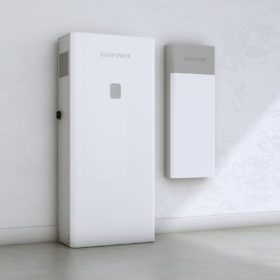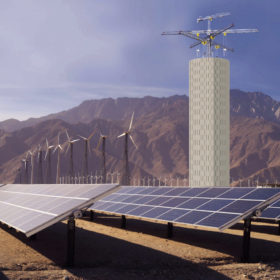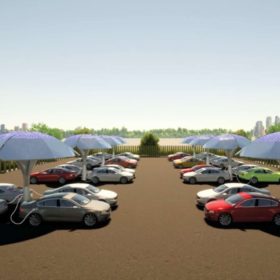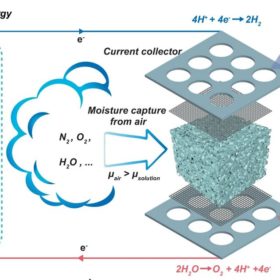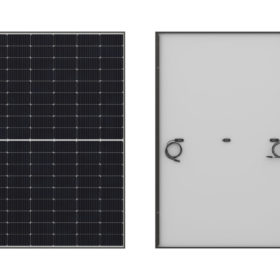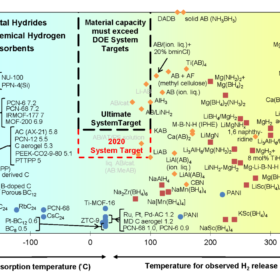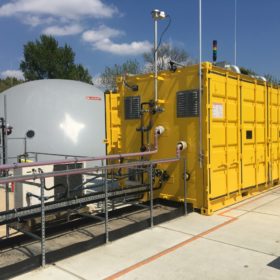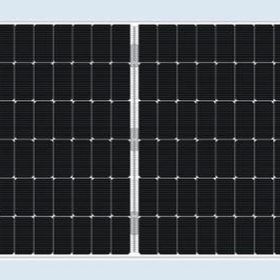Sunpower launches two new batteries for residential applications
The two batteries have a storage capacity of 13 and 19.5 kWh, respectively. Both lithium-ion systems use LiFePO4 as the cathode material and have a round-trip efficiency of over 86%.
Energy Vault to deploy 2 GWh of gravity storage in China
Energy Vault’s EVx storage system is comparable to pumped hydro, using grid-scale renewable energy when supply is abundant to drive motors and raise 30-ton blocks on a six-arm crane tower, rather than water, up to a height. When power needs to be discharged back to the grid, the blocks are lowered, harvesting the kinetic energy.
UK startup unveils solar trees for commercial, industrial areas
United Kingdom-based SolarBotanic Trees will begin offering its solar trees in early 2023. The systems will use monocrystalline cells with an efficiency of up to 24%, encapsulated in a 3D shape.
Scientists study transparent organic PV materials for solar window applications
A team of scientists in the United States have designed a transparent organic photovoltaic material for solar window applications in commercial buildings.
Construction begins on world’s second-largest PV project
A 3 GW solar installation will be built in the Tengger Desert, in northern China. It will require an investment of around $3.18 billion (CNY 15.25 billion).
PV-powered electrolysis module to produce hydrogen from moisture in air
A team of Australian scientists have developed a new way to produce hydrogen using water from the atmosphere. They claim their new module can ensure stable performance and provide green hydrogen for remote areas.
Sharp unveils black-framed 410 W half-cut solar panels
Sharp’s newest PV modules feature white backsheets and are made for the needs of design-oriented customers.
Solid-state hydrogen storage techniques at a glance
Scientists compared hydrogen storage techniques and found that physical methods are closer to commercial feasibility, while materials-based techniques have strong potential.
Hydrogen bromide flow battery for large-scale renewables storage
Dutch startup Elestor has secured funds to bring its hydrogen bromide (HBr) flow battery technology closer to commercial production. It said the system could achieve a levelised cost of storage below US$0.05/kW.
Yingli unveils n-type TOPCon solar panel with 22.0% efficiency
Yingli’s 156-cell Panda 3.0 PRO module has a temperature coefficient of -0.30% per degree Celsius and is available in wattages ranging from 590 W to 615 W, with a bifaciality of more than 90%.

